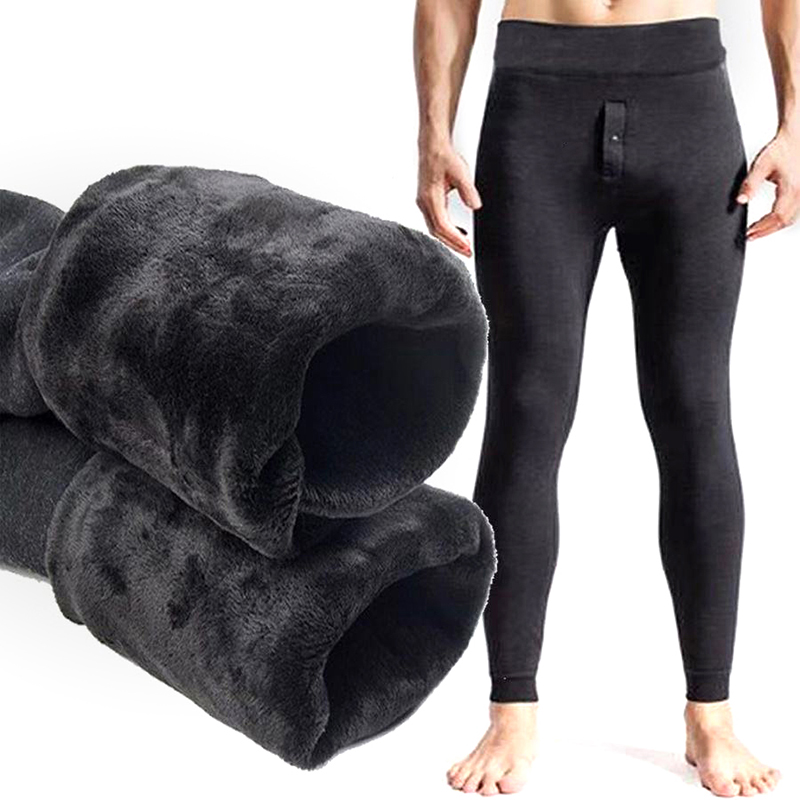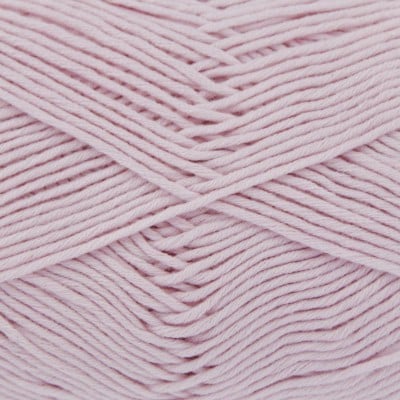Useful Merino Wool Base Layers Guide
Wiki Article
What Makes Yak Merino A Great Base Layer To Wear For Winter Sportswear?
Natural fibers are a great choice for base layers in winter sports clothing, not just for their durability but also because of their environmental sustainability.
Merino and Yak wool are both natural fibers. Renewable resources can be harvested sustainably, without causing harm to animals. The fibers are biodegradable and do not cause harm to the environment.
Low environmental impact
Natural fibers have generally lower environmental impact than synthetic materials. The cultivation and harvesting of wool require less chemical processes and are not dependent on non-renewable resources as compared with synthetic fibers.
Energy Efficiency
Wool fibers are made using less energy as compared to synthetic fibers. The energy required during the process of manufacturing natural wool is generally less, which results in lower carbon emissions.
Reduced Microplastic Pollution
Wool fibers have less impact on microplastics in water bodies than synthetic fibers. Synthetic fibers eliminate microplastics as they wash.
Durability and Recycling
Yak Merino Wool clothing tends to last for a long time and are durable. lasting, which extends their longevity. Wool fibers may also be reused or recycled to decrease consumption.
Sustainability Practices
Some wool producers and manufacturers adhere to sustainable and ethical practices that ensure animal welfare, responsible land management, and fair conditions for the workers in the production chain.
Environmental Certification-
Certifications like the Responsible Wool Standard (RWS) or the Global Organic Textile Standard (GOTS) confirm ethically and environmentally mindful practices used in the production of wool giving consumers confidence regarding the sustainability of wool production.
Base layers made from yak merino are typically green because they originate from natural and renewable sources. They also have a minimal environmental impact in production and use sustainable and ethical supply chains. Natural fibers, such as yak wool merino are a fantastic choice for winter sportswear which promotes responsible consumption as well as eco-friendly practices. Have a look at the top merino wool base layer hints for site examples including lightweight merino wool base layer, long johns for skiing, best wool base layer, best ski underlayers, ski underlayers, wool undershirt women's, smartwool merino base layer, 100 merino wool base layer, ski layers, smartwool merino 250 and more.

What Are The Advantages Of Wearing Bamboo Clothes In Terms Of Thermal Regulation As Well As Biodegradability, Uv Protection And Environmental Impact?
Regulation of Thermal Regulation-
Bamboo fabric is a great insulation material. It has natural thermal control properties. This provides warmth and comfort in cold conditions while remaining cool and breathable. It helps regulate the body temperature as it retains heat in cooler conditions and allows for ventilation to allow overheating to be avoided when exercising.
UV Protection
Bamboo is naturally impervious to harmful UV radiations. It is able to block a major part of the UV sunlight's rays and provides a further layer of protection against exposure to sunrays.
Biodegradability-
Eco-friendly- Bamboo clothing is biodegradable, meaning it will break down naturally at the end of its life cycle without leaving harmful residues or contributing to the pollution of the environment. This reduces the amount of pollution and also reduces the environmental impact of discarding clothing.
Environmental Impact-
Sustainability - Bamboo as a raw material is highly eco-friendly. It expands rapidly and quickly without the need for pesticides or chemical fertilizers, thus reducing the impact on the environment of cultivation. Its fast growth rate is what makes it a sustainable resource.
Bamboo has a lower water requirement when compared to cotton and other crops. It is therefore more efficient when it comes to water usage. This helps conserve water and helps reduce the strain on resources.
Soil Conservation
Soil Health - Bamboo farming does not typically deplete the soil's nutrients, nor do they require excessive irrigation. This leads to healthier soils, and decreases the risk of the risk of harmful farming practices.
Carbon Sequestration
Bamboo's carbon absorption capacity is high. Bamboo plants are able to absorb more carbon dioxide than other plants and release more oxygen into the air. This ability is advantageous in fighting carbon emissions and climate change.
Bamboo clothing comes with many benefits such as thermal regulation, UV blockage, biodegradability, as well having a positive impact on the earth. This makes it an ideal option for those who want to purchase sustainable, functional clothes. These attributes are in line with environmentally friendly practices, which benefit both the wearer as well as the natural environment. Have a look at the recommended bamboo clothings for site examples including bamboo sun shirt, bamboo apparel wholesale, bamboo bed clothes, freefly hoodie, cozy earth clothes, boody ecowear, bamboo tank tops, bamboo tee shirts mens, bamboo fibre clothing, bamboo tee shirts mens and more.

What Are The Differences Between Merino And Bamboo Clothes Differ From Regular Wool?
Merino, bamboo, and regular wool each have distinct characteristics.
Softness- Merino wool is renowned for its soft and fine fibers. This makes it soft against skin. It is less likely than conventional wool to cause irritation and itching.
Merino Wool has excellent moisture- Wicking Properties- Merino is a moisture-wicking material that draws moisture away and allows it to evaporate. The wearer stays dry and comfy.
Merino is natural insulation that offers exceptional warmth when wet. It regulates body temperature by providing insulation during colder temperatures, and breathability during exercise.
Odor Resistance - It is an anti-bacterial natural ingredient that inhibits bacteria growth, keeping clothes fresh and smelling good even after prolonged wear.
Bamboo Clothing
Softness - Bamboo clothing has a silky soft feel that is frequently called silk or cashmere. It's a soft fabric that gives you a pleasant experience.
Bamboo fabric is a moisture wicker that means it draws moisture away from your skin while keeping you dry while exercising.
Temperature Regulation- Bamboo clothing has natural temperature-regulating abilities, offering warmth in winter and breathability to prevent overheating.
Sustainable Bamboo- Bamboo has an abundance of sustainable resources. It is fast growing and doesn't require pesticides and fertilizers. Bamboo is biodegradable and has a minimal impact on the environment.
Wool Regular
Texture. Wool is traditionally available in a variety of textures. Some are rougher, and can cause irritation or itching.
Warmth- Wool is a great insulation, but it feels bulky and heavy.
Wool is not as effective as bamboo or merino fabric in wicking off moisture since it absorbs water. It can retain heat even when moist.
Merino wool is supple and is extremely moisture-wicking it is odor-resistant and provides insulation. Bamboo clothing provides a silky feel, moisture-wicking capabilities, climate regulation, and sustainability. Regular wool varies in texture and may not offer the same moisture-wicking properties or softness like bamboo or merino, however, it does provide warmth and insulation. Each has its own unique advantages, catering to different preferences and needs when it comes to winter clothes. Follow the top rated read review for bamboo winter clothings for site advice including wool mid layer, merino wool base layer pant, best base layer for skiing women's, wool long underwear women's, sweaty betty base layers, skiing base layers, merino wool ski base layer, icebreaker merino wool base layer, skiing mid layers, smartwool merino 250 bottoms and more.
